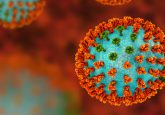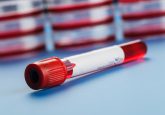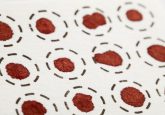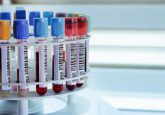Oral blood during dental visits could assist in diabetes screening
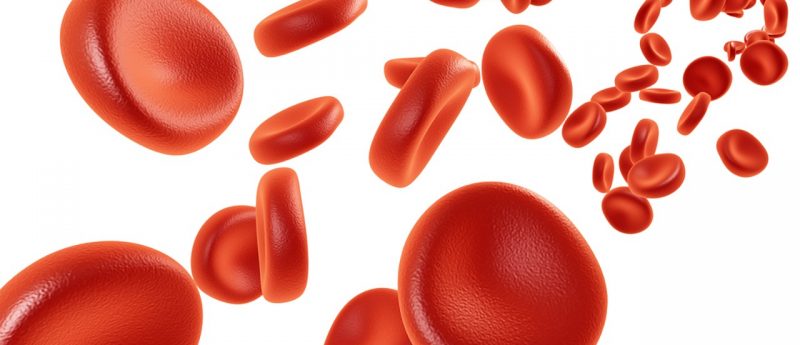
It has been demonstrated in a recent study, published in American Journal of Public Health, that using gingival crevicular blood for the testing of hemoglobin A1c (HbA1c) produces values that are nearly identical to those obtained using finger stick blood. The testing of HbA1c is endorsed by the American Diabetes Association for diabetes diagnostic purposes and glycemic control monitoring.
Approximately 8.1 million Americans have undiagnosed diabetes, and many individuals suffering from diabetes have poor glycemic control. As many Americans visit a dental provider each year, there is potential that such sites could be used for diabetes screening and monitoring glucose control.
The research team examined the potential for glycemic control monitoring and screening for diabetes in a dental setting amongst 408 individuals with, or at risk of, diabetes. They performed HbA1c tests on dried blood spot samples of gingival crevicular blood, comparing the results with ‘gold-standard’ HbA1c tests with dried finger stick blood samples. It was found that there was a correlation of 0.991 between the gingival crevicular and finger stick HbA1c blood measures.
“In light of findings from the study, the dental visit could be a useful opportunity to conduct diabetes screening among at-risk, undiagnosed patients – an important first step in identifying those who need further testing to determine their diabetes status,” commented Shiela Strauss, the study’s principal investigator from New York University’s College of Nursing (NY, USA).
Individuals with undiagnosed diabetes, especially those who are 45 years or older, could benefit from additional screening opportunities, according to the researchers. Moreover, H1bA1c testing at dental visits could provide an additional chance to monitor the glycemic control among those previously diagnosed.
“Our study has considerable public health significance because we identify the value and importance of capitalizing on an opportunity at the dental visit (a) to screen at-risk, but as yet undiagnosed patients for diabetes (especially those 45 years or older) and (b) to monitor glycemic control in those already diagnosed so as to enable them to maintain their health to the greatest extent possible,” added Strauss.
Sources: Strauss SM, Rosedale MT, Pesce MA et al. The potential for glycemic control monitoring and screening for diabetes at dental visits using oral blood. Am. J. Public Health doi: 10.2105/AJPH.2014.302357 (2015) (Epub ahead of print); NYU study successfully screens for Diabetes at dental visits using oral blood.

